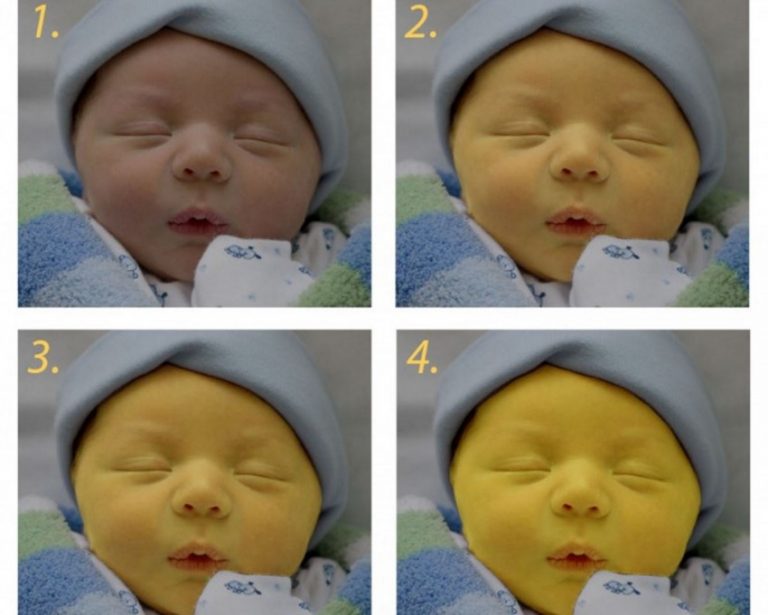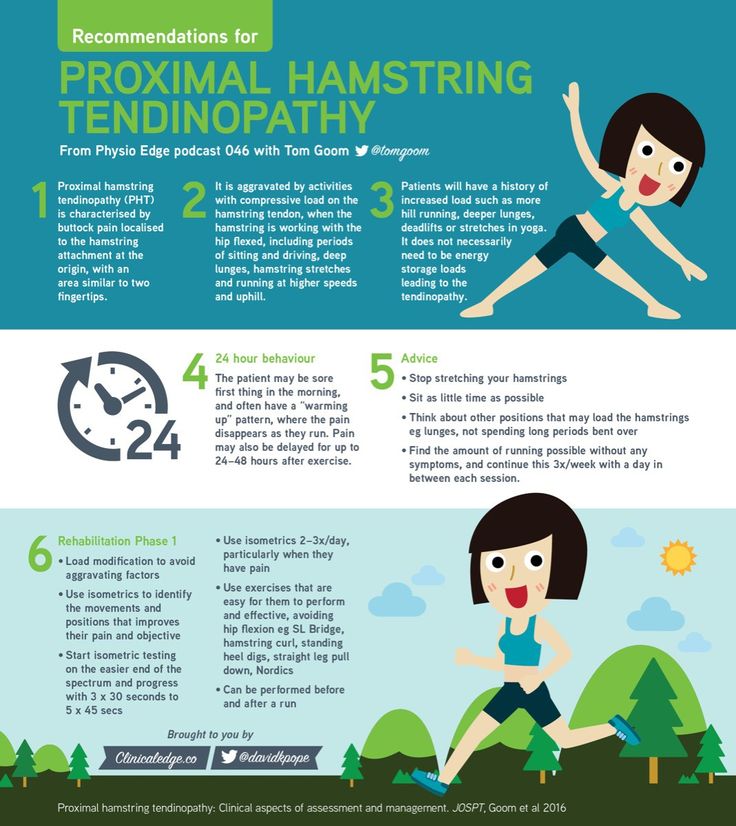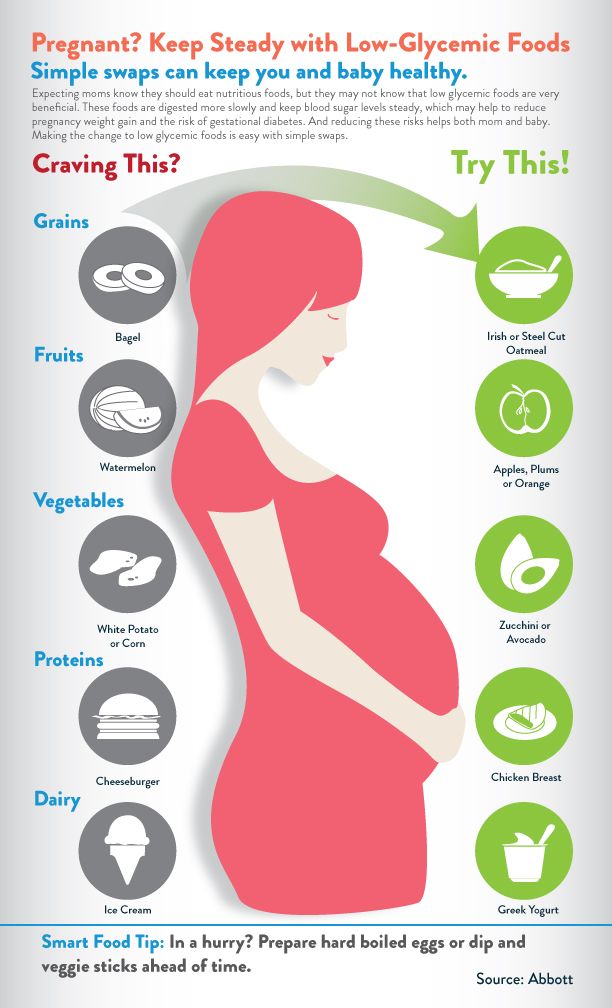Is it bad to scare a baby
Is It Ever OK to scare your child?
10/30/2016
1 Comment
In the interest of full self-disclosure, let me start by saying that I don’t like being scared. I’m not a fan of horror films and haunted houses have never been my thing. But, as a parent there are times when I’m absolutely A-Okay seeing my child experience fear. To take it a step further, I understand that it’s sometimes my responsibility to be the one who scares my child. Not everyday, and not for my own twisted enjoyment, but to teach important lessons and ensure safety. It may sound crazy, but there are two very specific times when it’s perfectly fine—important even—to thoughtfully scare your child.
#1: If your child is rapidly approaching danger.
Every parent with a child who is mobile has undoubtedly experienced this. A toddler about to pull something heaving onto their head, a kid running blindly into a busy parking lot, or a teenager about to back out the driveway into oncoming traffic. In these situations, the best way to get your child to stop in their tracks is to capitalize on the startle response. That’s right; to scare them by using the biggest most serious voice you can conjure. That yell or shout you deliver when there’s no time to run interference or have a rational conversation is the equivalent of scaring your child on purpose to keep them safe. A few quick tips here:
- While using your serious, scary voice, choose action words like, “Stop,” “Watch Out,” or “Don’t Touch.” This takes the guesswork out and will immediately tell your child what to do.
- Don’t say your child’s name unless you simply what your child’s attention. Trust me, the tone of your voice will make sure your son or daughter knows you are speaking to them.
- Clean up afterwards. Young children may be tearful and visibly frightened which is hard to see but it’s okay because whatever they were headed toward was probably a heck of a lot scarier than hearing you yell.

- Don’t apologize, but explain saying, “I know that was scary.” Then, explain what they should do different next time.
#2: When your child is about to experience a real-life consequence that isn’t life threatening.
When kids are charging head-on toward danger it’s easy to understand how fear can be a teaching tool (and a life saver!). Things can get a bit sticker if there’s no immediate threat, but still a lesson to be learned. For example, your son is happily playing at the park but is so interested in the game of tag he’s playing that he wanders away from you and when the kids scatter he realizes he’s “lost.” Your daughter calls you from the principal's office because someone circulated a screen shot of something she texted that was not very kind. Or, your teenager made a bad call and used a fake ID to get into an 18+ club and got caught by security. In all of these situations, the child made a decision and is experiencing the natural consequences of that decision hopefully accompanied by a healthy dose of fear. As a parent, it’s important to resist the urge to rescue and allow your child to be scared before you step in and offer support and guidance. Some things to consider here:
As a parent, it’s important to resist the urge to rescue and allow your child to be scared before you step in and offer support and guidance. Some things to consider here:
- Check in with your own level of fear and anxiety and focus on the fact that your child is physically okay.
- Pause before responding to make sure your emotions aren’t taking over. This allows your child’s fear to make the strongest impression. You want them to remember being scared, not you being hysterical.
- Once you’ve given your child an opportunity be scared, step in and be a mirror. Instead of scolding your child for wandering off or making an irresponsible choice, calmly ask what happened.
- Offer support without providing an escape from real world consequences. After the fear has come and gone, focus on helping your child take responsibility make a plan for what to do differently in the future.
Join Dr. Stephanie O'Leary for "20-minute Tuesday"
Stephanie O'Leary for "20-minute Tuesday"
Facebook LIVE Sessions.
CLICK below.
POST your questions.
SHARE with friends.
TUNE IN for real world answers.
1 Comment
Is It Okay to Scare Kids? The Benefits to Fear in Children
One parent thinks it’s okay to show a 7-year-old Jaws. Another rails against neighbors who meet trick-or-treaters with jump scares. Who’s right about kids and horror? According to science, both of them.
Margee Kerr, a sociologist who teaches and conducts research at the University of Pittsburgh, is the author of Scream: Chilling Adventures in the Science of Fear. Kerr has spent years investigating the upsides of fright and learned a good deal about its potential pitfalls in the process. She and other experts say that kids can benefit from scary experiences under the right conditions. Some of those conditions are the same for all children, producing a few general rules, while others vary based on individual needs and preferences.
Some of those conditions are the same for all children, producing a few general rules, while others vary based on individual needs and preferences.
Kerr says children can like being scared for a bunch of reasons: physiological, social and psychological. First, there’s a natural high that comes with the flood of endorphins and adrenaline triggered by flipping one’s nervous system into fight-or-flight mode. “It does pack a big neurochemical punch,” she says, “and in the absence of real threat … that can feel like you are a superhero and are just ready for anything.” Her research shows that horror can also result in decreased brain activity, taking individuals “out of their everyday heads.”
Only a handful of other experiences, including meditation and exercise, produce a similar neurological effect. When Kerr and colleagues conducted a study of adults at a haunted house, participants who reported being stressed, tired or bored beforehand tended to experience a boost in mood. She hasn't done similar research with children or teens but believes they may also use scary experiences to escape worries and tension.
She hasn't done similar research with children or teens but believes they may also use scary experiences to escape worries and tension.
Humans of all ages tend to better remember times when emotions ran high, and they can feel a sense of solidarity when undergoing stress alongside someone they trust, Kerr says, leading to bonding.
The grown-up participants in her study also reported “feeling like they had learned about themselves and challenged their fears,” experiencing “a sense of achievement and growth.” That upside of being scared may be even more important for kids, who endure so much powerlessness that even small opportunities to feel competent can lift their self-esteem.
Scary experiences offer a low-cost way for children and adolescents to confront specific fears and fear itself, Kerr says, similar to how rough-and-tumble play offers a low-risk way to explore aggression.
Related Story
- What You Need to Know About Anxiety in Kids
Lana Holmes, LCP, at the Center for Inclusive Therapy and Wellness explains, “Knowing they’re physically safe and still having that physiological reaction, kids can learn that, even if your body and brain are going on all alarms, you can still be able to do what you have to do. ” They can learn to distinguish a real threat from something that just feels like one. Let’s say a friend announces he’s super mad at you but won’t tell you why until the bus ride home. Through the rest of the day, your hands might shake, your intestines go wonky; you feel like you’re going to pass out. Kids who have practice with these physical manifestations of uncertainty, who know that this type of emotional and physical discomfort eventually fades, can remind themselves that it won’t kill them.
” They can learn to distinguish a real threat from something that just feels like one. Let’s say a friend announces he’s super mad at you but won’t tell you why until the bus ride home. Through the rest of the day, your hands might shake, your intestines go wonky; you feel like you’re going to pass out. Kids who have practice with these physical manifestations of uncertainty, who know that this type of emotional and physical discomfort eventually fades, can remind themselves that it won’t kill them.
Successfully regulating their emotions increases self-awareness, resilience, and self-reliance. In this way, horror helps “build up our treasure chest of memories of times where we did it, and we made it, and we persevered through,” Kerr says.
Why do some people like scary experiences more than others?Coltan Scrivner, a research scientist at the Recreational Fear Lab at Aarhus University in Denmark and the author of a forthcoming book on horror, says he wanted to study “the weird things that humans do, one of which is scaring themselves for fun.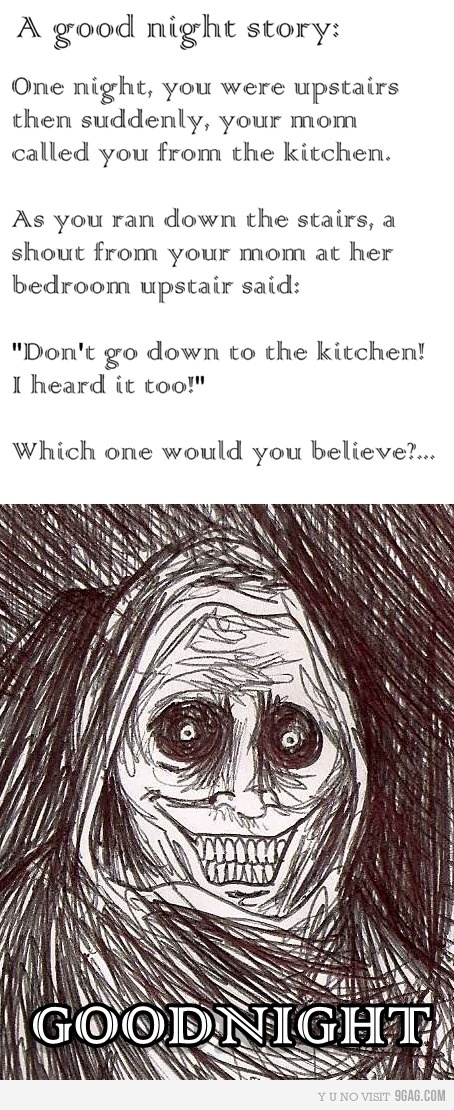 ” That’s not just about horror films and haunted houses. “Games like hide-and-seek or tag are at their core kind of scary,” he says, “those are really basic predator-prey interactions.”
” That’s not just about horror films and haunted houses. “Games like hide-and-seek or tag are at their core kind of scary,” he says, “those are really basic predator-prey interactions.”
He wondered why some seek out “scary play” more than others. It’s not because they lack empathy, a common misconception about adult horror film devotees who in reality score lower in cold-heartedness. Rather, enjoyment of scary experiences seems to owe to a grab-bag of genetic predispositions and life experiences.
Horror helps build up our treasure chest of memories of times where we did it, and we made it, and we persevered through.
Some of it is about what level of arousal hits our personal sweet spot. Research in adults shows that we all have a “just right” amount of stimulation and surprise, with not enough being too boring and too much feeling overwhelming. That set-point likely has to do with neurochemical differences: some of us have more receptors in certain areas of the brain and release more of certain hormones, Scrivner says.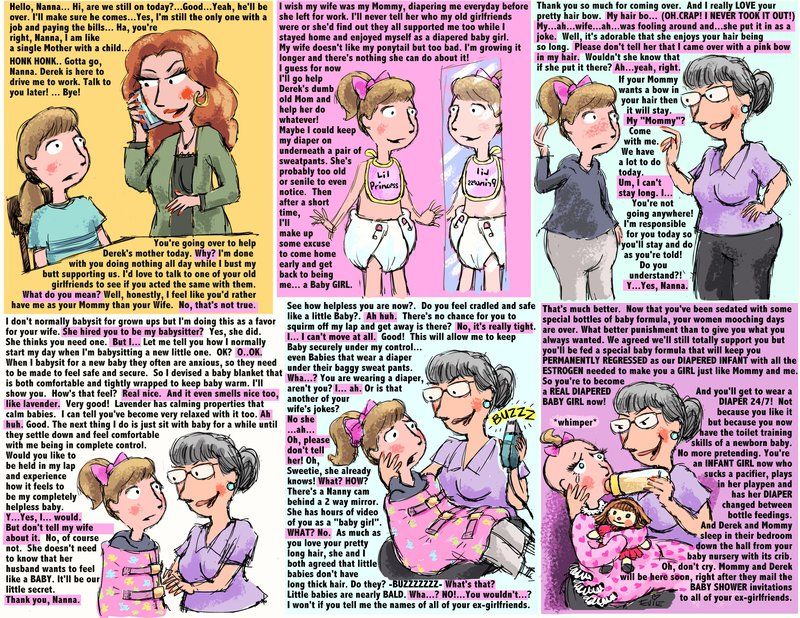 People he calls “sensation seekers and adrenaline junkies” have a high set-point, and they tend to like horror movies the same way they like roller coasters and bungee jumping — most of us know that thrill-seeking kid who’s first to climb a fence or dive off the highest platform!
People he calls “sensation seekers and adrenaline junkies” have a high set-point, and they tend to like horror movies the same way they like roller coasters and bungee jumping — most of us know that thrill-seeking kid who’s first to climb a fence or dive off the highest platform!
But Scrivner’s research shows that many of those who frequent haunted houses don’t fit that description. There are “white knucklers” who experience unpleasant emotions while watching, and afterwards nightmares and rumination, but report learning about themselves. And so they do it again.
And then we have “dark copers,” people who use horror as a way to cope with life’s challenges. Among this group are those suffering from anxiety, which explains why fans of horror movies in another study were more likely to score high in the personality trait “neuroticism.” A youth mental health crisis, accelerated by the pandemic, has left 32% of 13- to 18-year-olds struggling with anxiety, by one government estimate. Scaring themselves may serve as an outlet for this group, and might even explain the popularity of Stranger Things.
Scaring themselves may serve as an outlet for this group, and might even explain the popularity of Stranger Things.
How would that work? Scrivner offers theories — beyond the benefits that Kerr catalogs — about what horror can give them, starting with a safe space where it feels “right” to be experiencing anxiety. “Feeling anxious while I’m eating ice cream or watching a comedy can be unnerving; feeling anxious while I’m watching a horror movie or running through a haunted house feels normal,” he says.
Scrivner also says horror can allow a child or adolescent to control their anxiety. They’re choosing those fight-or-flight symptoms rather than being blindsided by them, they have the predictability that comes with climbing music and mirror shots and they can use levers to ratchet down intensity, like covering their eyes or turning down the volume.
They’re choosing those fight-or-flight symptoms rather than being blindsided by them.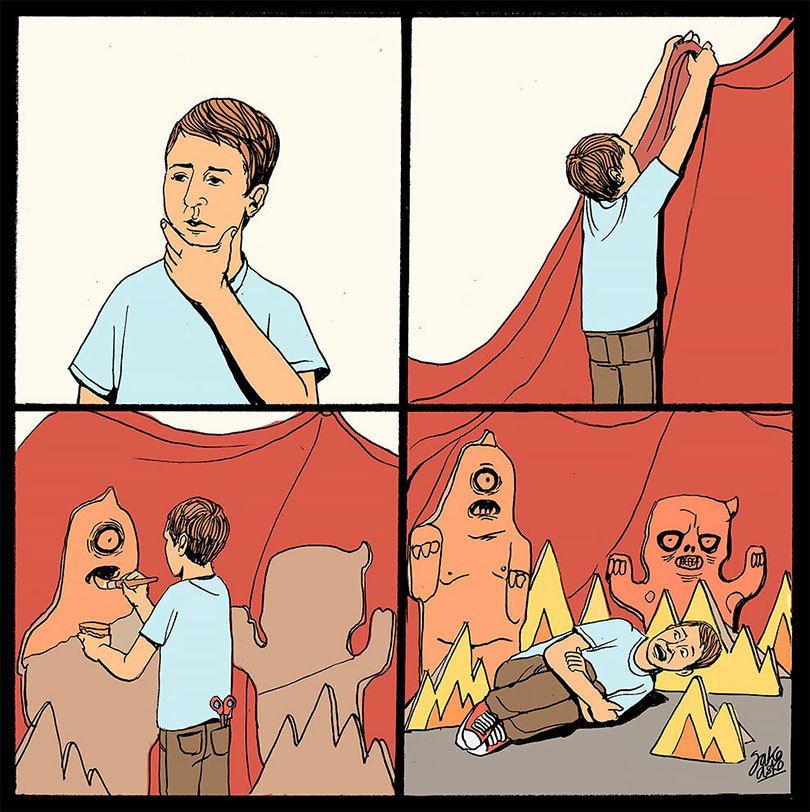
Scrivner also points to literature in adults who have experienced trauma. Sometimes they self-trigger in order to make meaning of their past, and older children and teens might use horror to do that too.
Dr. Holmes says these theories make sense from where she sits as a mental health expert and adds that horror films can help adolescents process racial trauma. When Black characters survive, she says, “It can give you resilience in terms of seeing characters you identify with being able to overcome these horrors and atrocities.” Films that explicitly address racial dynamics, like Jordan Peele’s Get Out or a series like Lovecraft Country, she says, “open up this window to see people tackling racism as this monster, this literal horror.”
What are the conditions for a successful scary experience?But horror can also go very wrong for children. Dr. Holmes starts with a few bright-line rules: “I would strongly advise parents not to show children and adolescents extreme horror films that are notorious for ultra-violent and disturbing scenes,” she says. Parents should also steer clear of suicide plot lines, since “research shows that media depictions of suicide can lead to an increase in suicidal behavior.” Holmes says movies and shows that glorify a villain and their behavior also aren’t appropriate for kids, especially when there are plenty of scary movies that feature “final girls” and other resilient characters who survive by being “resourceful, compassionate, tenacious, collaborative, intelligent and selfless.”
Dr. Holmes starts with a few bright-line rules: “I would strongly advise parents not to show children and adolescents extreme horror films that are notorious for ultra-violent and disturbing scenes,” she says. Parents should also steer clear of suicide plot lines, since “research shows that media depictions of suicide can lead to an increase in suicidal behavior.” Holmes says movies and shows that glorify a villain and their behavior also aren’t appropriate for kids, especially when there are plenty of scary movies that feature “final girls” and other resilient characters who survive by being “resourceful, compassionate, tenacious, collaborative, intelligent and selfless.”
These experts point to three other preconditions for a successful scary experience: consent, safety and adult scaffolding.
“Don’t force your kids to go through a haunted house,” Kerr says. “The moment that our autonomy is taken away, even if we feel it’s taken away, it just changes everything, including how our body continues to respond to the stress. ”
”
Dr. Holmes agrees: “They have to be able to fully, enthusiastically assent or consent.” That means no tricking them into it, no shaming, no pressuring. “Give them the opportunity to back out,” she says, “You can’t be like, ‘We started this so you’re gonna have to finish’” — especially since research suggests that the same person can enjoy horror on some days and not others.
Watch out for coercion from siblings and friends. “That kid is not going to have a good time,” Kerr says. “In fact, that kid is likely to have a really bad time and feel really badly about themselves.”
That said, “people don’t always feel the way they think they will feel, [and] kids don’t always have a good grasp of what they can handle,” Scrivner says. He agrees that we should listen to our kids but also says, “As long as they feel they have a safe base, it doesn’t hurt to have a little bit of encouragement to try challenging things.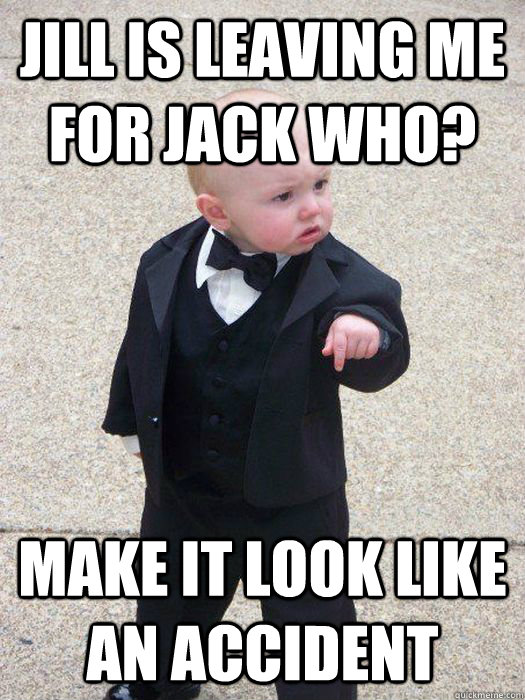 ”
”
“Safe” is key. “It’s important that they never feel a sense that they are truly in danger … that they are alone,” Kerr says, since “making fear safe is what allows you to lean in and experience those psychological benefits.”
That applies to the who, what, when, where, and how of the experience.
Kids have to be old enough to truly understand it’s fake. Dr. Holmes warns against showing scary movies to very young kids. She recommends avoiding days when a child is sleep-deprived or going through a transition. Remember the finding that a scary experience can promote bonding? It can also do the opposite if you’re with someone you don’t trust completely. “It kind of works to bring people who are close closer, but people who are apart further apart,” Kerr says. So if siblings have just had a fight or a parent is trying to reconnect after an estrangement, a horror movie marathon probably isn’t a good idea.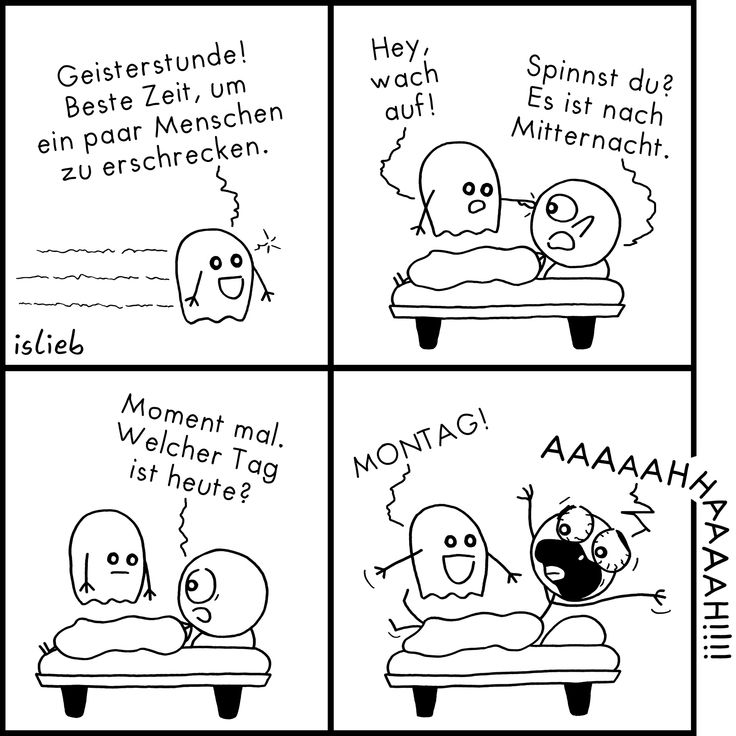
Related Story
- 80 Fun and Creepy Halloween Party Ideas
Dr. Holmes is a big fan of “making sure there is an adult to supervise and help them process.” That includes starting slow with what she calls a “gateway” film, meaning family-friendly scary movies like Hocus Pocus or the series of books Scrivner is a fan of, Goosebumps.
The ability to control external factors is also key. “If you go to a haunted house, you don’t have a lot of control over how intense it is,” Scrivner says. “If you’re reading a scary book … you can read it in a public place, or with the lights on, or during the daytime, or look up spoilers, or just put the book down.”
If you decide to watch a film, try the popular spoiler sites “Where’s the Jump?” and “Does the Dog Die?” Give your child the opportunity to ask questions and walk them through that process of self-awareness: “Are your palms sweaty? Mine are. ” Scrivner wants parents to watch out for what the research has dubbed “masking smiles.” Your child might be smiling while suffering, so keep a close eye on their body language too. You can also turn the intensity down a notch by reminding them that the movie is fake or “highlighting the absurdity of something,” as Kerr puts it. Try saying, “My heart is racing now, but that will go away when the movie ends.”
” Scrivner wants parents to watch out for what the research has dubbed “masking smiles.” Your child might be smiling while suffering, so keep a close eye on their body language too. You can also turn the intensity down a notch by reminding them that the movie is fake or “highlighting the absurdity of something,” as Kerr puts it. Try saying, “My heart is racing now, but that will go away when the movie ends.”
Dr. Holmes adds, “Horror films are often allegories of the horrendous things that people experience in real life,” so parents should be prepared to address the trauma, grief and injustice that inspired the themes of the movie.
Related Story
- Scary Books for Brave Kids
And you must ensure kids feel free to say, “This is too much for me.” Dr. Holmes recommends offering to watch a film in bits and pieces. She says you can agree to avoid a movie or subgenre altogether — it’s possible that movies with witches are fine, but ghosts get under their skin.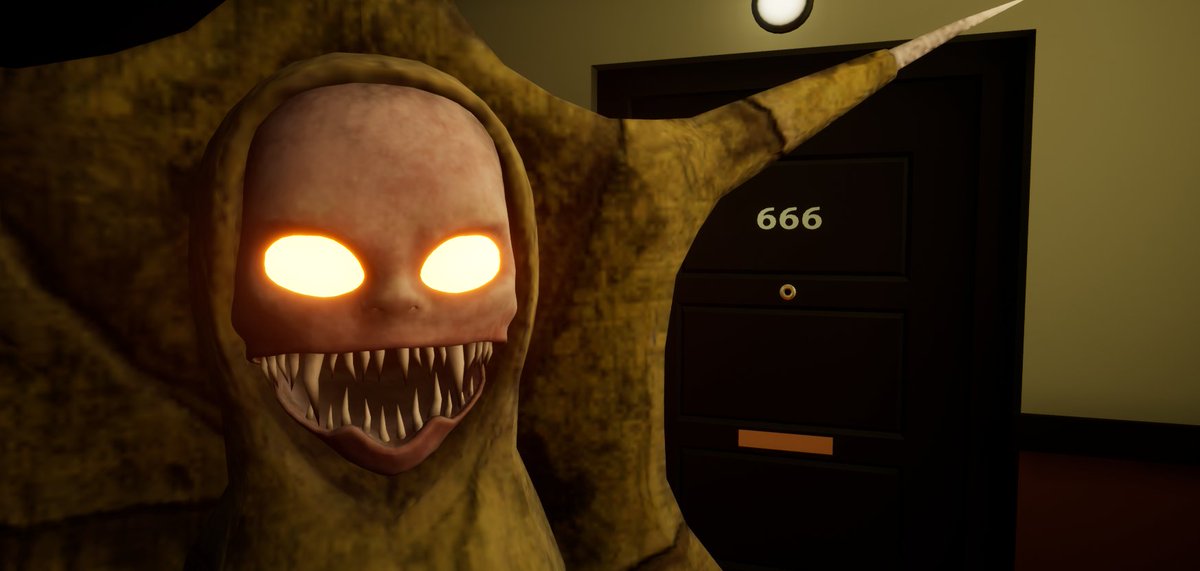 You can tell your child, “There’s something about this that makes your brain just go, ‘Nah,’ and we need to respect that.”
You can tell your child, “There’s something about this that makes your brain just go, ‘Nah,’ and we need to respect that.”
She’s also careful to remind parents that while horror theoretically and anecdotally offers therapeutic value, there’s no established evidence base supporting its use for treatment of anxiety. A trained mental health professional should always be your first stop. That said, “horror movies have been unfairly maligned,” Holmes believes.
There’s proven value to risky and scary play, these experts are saying. But the research, taken as a whole, points less to “you should do this with your kids,” and more to “under the right conditions, horror can be worth a try.”
Related Stories
- 36 Scary Movies That You Can Watch With Your Kids
- I Stopped Caring About My Kids' Grades
Gail Cornwall
Gail Cornwall is a former public school teacher and recovering lawyer who now works as a stay-at-home mom and writes about parenthood. Born in St. Louis and raised in the Bay Area, she’s a serial monogamist of urban living who resided in Berkeley, New York, DC, Boston, and Seattle before committing to San Francisco. You can find Gail on Facebook and Twitter, or read more at gailcornwall.com.
Born in St. Louis and raised in the Bay Area, she’s a serial monogamist of urban living who resided in Berkeley, New York, DC, Boston, and Seattle before committing to San Francisco. You can find Gail on Facebook and Twitter, or read more at gailcornwall.com.
Why can't you scare children with unknown creatures? - GBUSO "KTsSON" in the Northern District of Orenburg
Websites of departmental institutions
- Complex
centers - Social Support Center
- boarding houses
- Children's institutions
specialized
- Rehabilitation centers
for
disabled people - Other institutions
- View all on the map
- GAUSO "KTsSON" in Buzuluk and Buzuluk district
- GAUSO "KTSSON" in Gay
- GAUSO "KTSSON" in Mednogorsk
- GAUSO "KTSSON" in Novotroitsk
- GAUSO "KTSSON" in Orsk
- GAUSO "KTSSON" in the Grachevsky district
- GAUSO "KTSSON" in the Kvarken region
- GAUSO "KTSSON" in the Novoorsky district
- GAUSO "KTSSON" in Totsk district
- GBUSO "KTSSON" in Akbulak district
- GBUSO "KTsSON" in the Aleksandrovsky district
- GBUSO "KTsSON" in Asekeyevsky district
- GBUSO "KTsSON" in the Belyaevsky district
- GBUSO "KTSSON" in Abdulino
- GBUSO "KTSSON" in Buguruslan and Buguruslan district
- GBUSO "KTsSON" in Kuvandyk
- GBUSO "KTSSON" in the city of Sol-Iletsk
- GBUSO "KTsSON" in Sorochinsk
- GBUSO "KTsSON" in the city of Yasnoy
- GBUSO "KTSSON" in the Dombarovsky district
- GBUSO "KTsSON" in the Ilek district
- GBUSO "KTSSON" in the Krasnogvardeisky district
- GBUSO "KTSSON" in the Kurmanaevsky district
- GBUSO "KTSSON" in the Matveevsky district
- GBUSO "KTSSON" in the Novosergievsky district
- GBUSO "KTSSON" in the Oktyabrsky district
- GBUSO "KTSSON" in the Orenburg region
- GBUSO "KTSSON" in Pervomaisky district
- GBUSO "KTSSON" in Perevolotsky district
- GBUSO "KTsSON" in the Ponomarevsky district
- GBUSO "KTsSON" in Sakmarsky district
- GBUSO "KTSSON" in the Saraktash region
- GBUSO "KTSSON" in the Svetlinsky district
- GBUSO "KTSSON" in the Northern District of Orenburg
- GBUSO "KTSSON" in the Northern region
- GBUSO "KTsSON" in Tashli district
- GBUSO "KTsSON" in the Tulgansky district
- GBUSO "KTSSON" in the Sharlyk district
- GBUSO "KTSSON" in the Southern District of Orenburg
- Buzuluk boarding house for the elderly and disabled
- GBUSO "Gaisky orphanage-boarding"
- Imangulovsky special boarding house for the elderly and disabled
- Mustaev Psychoneurological Boarding School
- Novotroitsk psycho-neurological boarding school
- Orsk nursing home for the elderly and disabled "Nadezhda"
- Sakmara psycho-neurological boarding school
- Sol-Iletsk psycho-neurological boarding school
- Social rehabilitation center for minors "Rainbow" in Buzuluk
- Social rehabilitation center for minors "Aistenok" in Buguruslan
- Social rehabilitation center for minors "Alyonushka" in Kuvandyk
- Social rehabilitation center for minors "Harmony" in Orenburg
- Social rehabilitation center for minors "Mayachok" in the Saraktash region
- Social rehabilitation center for minors "Rostok" in Orsk
- Rehabilitation and health center "Rus"
- Rehabilitation center "Protalinka" in Orenburg
- Rehabilitation center for the disabled "Bodrost" in Mednogorsk
- Gerontological Center "Longevity"
- State budgetary institution "Educational and methodological center of the system of social protection of the Orenburg region"
- State legal bureau of the Orenburg region
- Center for material, technical and economic support of the activities of bodies and institutions of the system of social protection of the population of the Orenburg region
- Center for social adaptation of persons without a fixed place of residence and employment "Phoenix" in Orsk
- Center for social adaptation of persons without a fixed place of residence and employment "Chance" in Orenburg
- About the establishment
- News
December 10, 2018 at 04:05 pm
Why can't you scare children with unknown creatures?
Most often, parents of preschoolers and younger schoolchildren turn to a psychologist.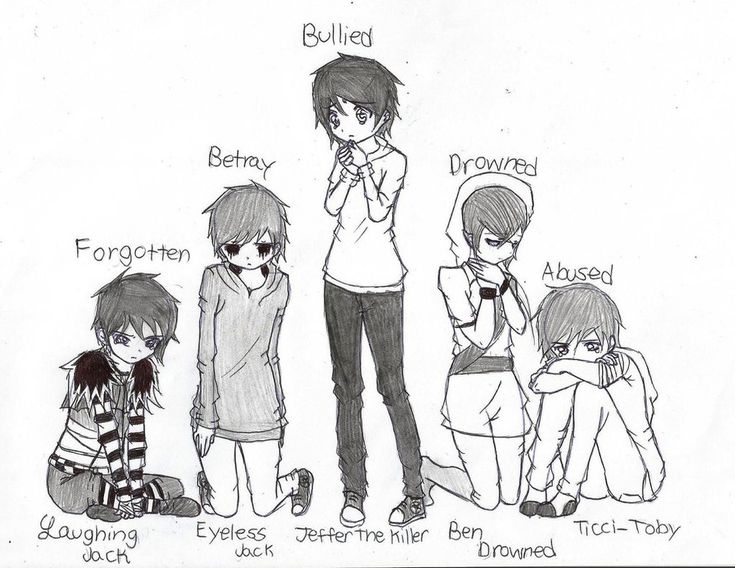 One of the reasons for the appeal is the fears of the child. The origin of fears in children is a rather complicated problem. Let's talk about one of the ways to manipulate fears - intimidation by "Babay".
One of the reasons for the appeal is the fears of the child. The origin of fears in children is a rather complicated problem. Let's talk about one of the ways to manipulate fears - intimidation by "Babay".
Babai intimidation is a very effective tool of influence. Frightened, the baby may stop crying or indulging, diligently close his eyes to fall asleep, and finish his unloved porridge. He will do everything so that "Babayka" does not come. At the mere mention of the name of this character, the child gets scared.
Children are different. With age, most of them forget the “Babaevs” invented by their parents, but this period is not painless for everyone. There are fears that are difficult to get rid of. Often parents deliberately scare children to achieve their goals. Unfortunately, not everyone correctly assesses the seriousness of such behavior. Here are just a few of the consequences of bullying:
- Neuroses.
- Increased anxiety.
- Self-doubt.
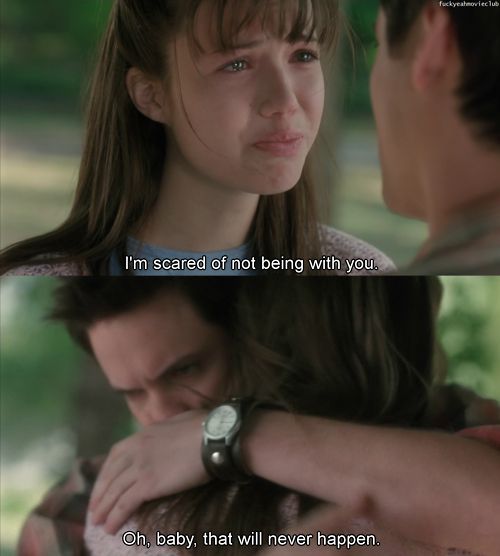
- Dependence on other people's opinions.
- Hypertrophied sense of guilt.
- Distrust of the world.
- Stuttering.
- Enuresis.
"Useless fears" can remain for life. It is difficult for a child to find the truth among fictions, and the undeveloped psyche and thinking perceive the threat in their own way. Gradually, concepts are replaced in consciousness. In addition to the appearance of guilt, the baby loses defenders. After all, if parents are ready to calmly give him away, then he is bad and they do not like him.
An unpleasant discovery is the deception of parents. When the baby finds out that he was simply intimidated, but Babayka is not, the understanding is fixed in the subconscious that one can achieve one's goals with a lie. As a result, the educational effect turns out to be not only useless, but also unsafe for the psyche and health.
You can scare a baby only with those things that you really need to be afraid of: cars on the roads, a hot kettle, street dogs, etc. If you could not restrain yourself and mentioned the frightening Babai, do not leave the child alone with his fears.
If you could not restrain yourself and mentioned the frightening Babai, do not leave the child alone with his fears.
Is it worth it to frighten children with Babaika?
Psychologists have their own opinion about punishment by fear. In rare cases, it is permissible to frighten, but this must be done adequately and within reasonable limits.
Phobia is not just a negative emotion. Fears are useful, and what frightens a person encourages self-preservation. Little kids don't know danger. A sense of fear appears in them by about three years, when independence increases, fantasy and memory develop. The kid begins to fill up emotionally, learns to express feelings in words, gains communication experience. He already knows a lot, sees, but far from understands everything. The baby believes everything that adults say, and perceives Babayka as a terrible evil that can appear at any moment and hurt. Fears become constant and destroy the psyche.
Psychologists advise against manipulating fears for educational purposes. This is the easiest way to influence, but is it really necessary to make the child understand what he is doing wrong? You can do without scary heroes. It is enough to clearly explain everything and not insist on the immediate fulfillment of the requirements.
This is the easiest way to influence, but is it really necessary to make the child understand what he is doing wrong? You can do without scary heroes. It is enough to clearly explain everything and not insist on the immediate fulfillment of the requirements.
If the child is already frightened by Babai, try to overcome the emerging phobia together. Continue and complete the badly started horror story about an evil character. Tell the kid that Babayka went to the forest and got lost, or bought himself a plane and flew away. It is important for the child to know that the character that frightens him is far away. There can be any scenario for your story, but there is only one final: let the baby understand that you will not leave him and will always be there.
Conclusions:
Children trust their parents without limits. In order not to lose this trust, be careful in communication. Punishment by fear is not the best way to achieve obedience.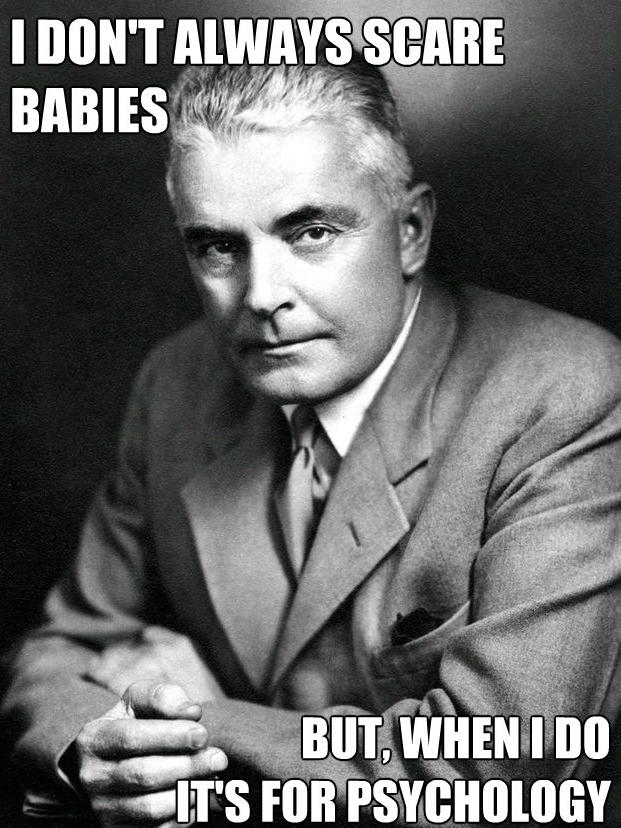 It doesn't matter which of the heroes is chosen to intimidate. Babai, goblin, monster, Baba Yaga or other fairy-tale characters associated with evil. For a child, their appearance in the subconscious is always stressful with subsequent tantrums, neuroses, nightmares and other troubles. In order not to spend money on psychologists, take the time to explain and be careful in choosing educational methods.
It doesn't matter which of the heroes is chosen to intimidate. Babai, goblin, monster, Baba Yaga or other fairy-tale characters associated with evil. For a child, their appearance in the subconscious is always stressful with subsequent tantrums, neuroses, nightmares and other troubles. In order not to spend money on psychologists, take the time to explain and be careful in choosing educational methods.
print version
State budgetary institution of social services of the Orenburg region "Integrated Center for Social Services for the Population" in the Northern District of Orenburg
© 2014–2022 State budgetary institution of social services of the Orenburg region "Integrated Center for Social Services for the Population" in the Northern District of Orenburg
Development → "Techinform"
Psychologist told why you shouldn't scare a child for educational purposes
Bullying is considered another traditional parenting method. Sometimes it is easier for parents to threaten their child than to try to explain something. Today, family and crisis psychologist Ksenia IVASHKOVSKAYA will explain what this can lead to.
- Fear is a hormonal cocktail that provides us with a danger signal. Feeling it, we immediately turn on the self-saving mode. Therefore, from the point of view of the normal development and upbringing of emotional intelligence, it is not necessary to arrange a life that completely excludes fear. Fear should learn to listen.
One must understand that fear is an ancient mechanism, it appears after any discomfort. For example, we have experienced shame and embarrassment in public – these are unpleasant feelings. The next time, even before shame, the emotion of fear will come to say, “Do you remember what happened last time? Let's not get into this situation again." Both in adults and in children, fear works the same way. Therefore, the parent is guaranteed to achieve obedience if he scares the child.
Sometimes in critical situations, when there is no way to talk and you have to act very quickly, fear is the only thing that will help. For example, we will scare a child with a cry if he rushes towards a car. In some cases, on the contrary, we should not frighten him, so that he does not make unnecessary movements and aggravates his dangerous situation.
And in cases where there is no direct threat, a very young child resists instructions or prohibitions, does not yet understand explanations, indeed, there is a strong temptation to scare.
Constantly pedaling fear, we raise an anxious, insecure or excitable child for the sake of the “now” result. If we do not want an insecure person to grow out of our baby, then we must use fear in a very dosed way. And yes, in some ways it will complicate life. The strategy of NOT intimidation requires patience and scare only when there is a real threat, and not when we are tired or upset.
Believes, but not for long
– “If you behave like that, an evil babayka will come”, is it actually effective?
– Until school, the child believes what adults say. Even after making sure that the threats are not justified, the child is still afraid of them. In early childhood we do not have experience and critical thinking, our survival depends only on trusting an adult.
Therefore, the child will believe in the babayka and will be afraid of it. And instincts will support it. However, adults think that fear simply will not allow the child to commit an act. But in fact, they create in him an image of reasonable fate, which can somehow recognize that a bad deed has been committed, and appear immediately after that. Of course, the child is no, no, yes, and will repeat the act. And then he will begin to wait for this babayka in the strongest tension. It’s good if he tells his parents, or maybe he’s afraid. And this expectation of retribution begins - with sleep disturbances, nutrition, depressed mood. Fear and tension can become an additional cause of conflicts and fights in the kindergarten. Adults cannot understand what is happening. Then, when the child is already exhausted by fear, he realizes that the babayka has not come. In this case, adults will fall into the category of liars. And then all their words will be called into question. But this is really dangerous for the child.
– And if you scare me with an evil uncle?
- Evil uncle really exists. Children become victims of malicious adults. But again, the evil uncle can access the child anytime, anywhere? Are parents unable to protect their child? It is important that the uncle be a threatening figure exactly where he can actually be found. On the playground, you can’t approach a stranger, you can’t open the door for him either. It is important not to make an uncle out of that babayka who will get him in his own house and in general in any situation. Otherwise, the same story will repeat as with the babayka.
– It turns out that police uncles are also not allowed…
– Frightening police officers harms the child's future civil position. It turns out that the law enforcement officer is a character that causes fear. For a child, he becomes one with the villains. And if the law enforcement officer is a villain, then who is the good guy? So you can get confused and form marginal ideas in the child about acceptable behavior in society and the law enforcement function of the state.
Dangerous measure
- What are the consequences for the child of these threats?
- Intimidation has very unfortunate consequences. Stable reliable attachment is the basis for the normal development of the human psyche. If an adult is changeable, unreliable, can quit, then the basic need is violated. Anxiety develops, which prevents you from relaxing, eating, learning, communicating. On all fronts of development there is a strong drawdown. “An adult loves me only obedient, when I can’t cope, an adult can’t cope either, it’s impossible to withstand me.” It turns out that the child has no one to learn how to cope with, he has no one to learn from to create a stable attachment, loyalty, reliability. And this is future relationships with people, future personal life, your own family.
Parents may say: “I'll leave”, “I'll give it back” out of desperation when they can't convince the child. Or from resentment, when the behavior of the baby hurts and upsets. In itself, the desire to distance oneself from the source of grief is a normal reaction of a living person. We can really say: “I don’t feel like playing together at all when you do this”, “I’m tired of explaining and asking you, I’m going to relax and calm down.” The adult refuses to interact, but does not withdraw from the life of the child. The adult stopped joking and playing, but he remained accessible. You see, we know how to accept and forgive ourselves, we give ourselves a chance to improve only if others have done the same to us. We must have the experience of such attachment, where we have been stopped, not approved, even reasonably punished - but not abandoned.
– Until what age does a child sincerely believe in bullying?
- Before primary school age, up to 6-7 years. At school, the study of speech and computational logic, the surrounding world begins, he is taught to argue his thoughts. And the child begins to expect the same at home from adults. If he copes with school buildings, he develops critical thinking. At 8-10 years old, children already want to question the words of adults and argue about any rules and prohibitions.
Look for other ways
– What should parents do?
– A reasonable punishment in the form of a restriction causes a certain fear and apprehension in an older preschooler and a schoolchild. He does not want to lose those pleasant opportunities that he has. That level of fear is enough.
And with a younger preschooler, the hands seem to be tied: he does not obey every day, and for normal development he must not be deprived of games, walks, affection. Depriving yourself of sweets or cartoons can unnecessarily increase their value. It turns out that, apart from scaring, there are no other means to quickly subdue a child under 4 years old, as it were? First you need to understand the reason for disobedience. Perhaps the child is already afraid of something, so he does not obey. Having frightened him, we put him between two fires. We need to give him time to calm down.
There are special methods for certain types of disobedience. For example, disobedience before going to bed is removed by the correct organization of evening time two hours before bedtime.
If a child scratches a manta, you need to pick up special clothes, give an antipruritic drug. If it climbs into a dangerous place, you need to organize the space: install plugs and locks, remove fragile things, lay modular foam-based rugs. Children often do not agree with the proposed clothes, want to dress themselves or do not want to dress at all. Here you have to try. Let him dress according to his taste, even if his choice seems ridiculous to you.
Allow more time for getting ready, have him lace up and zip up while you're not dressed and styling your hair. By the time you get to the hallway, the child will already be tired and will agree to help.



